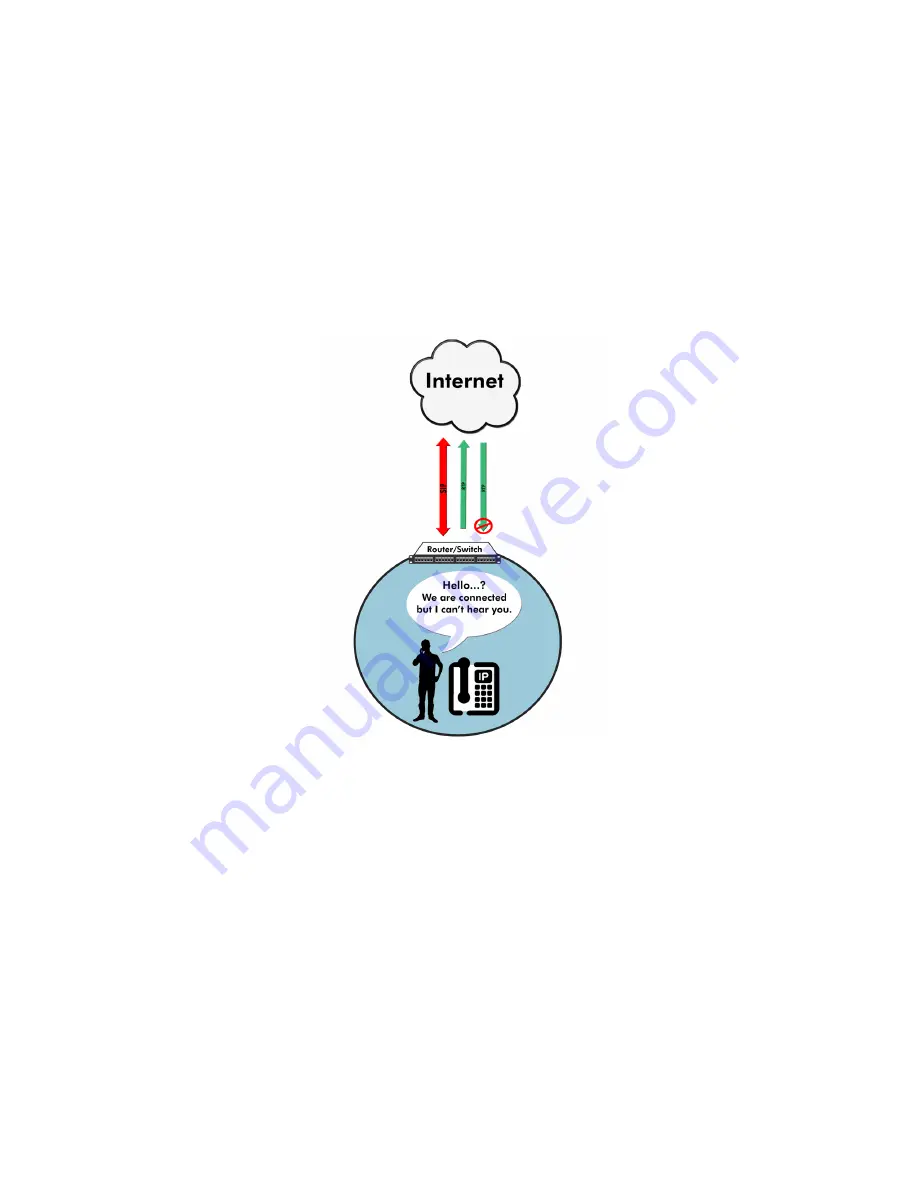
50
Don’t block me, bro!
Even if the provider gets the correct IP address of the user, there’s plenty that can go wrong. Remember, SIP involves creating
extra RTP “channels” in each direction to carry the actual voice. The ports used on each end are negotiated over the SIP
signaling channel for each call. There aren’t any “standard well-known” ports used for these connections. And there can be
many of them active on different ports if lots of simultaneous calls are happening.
As far as the user’s router or firewall is concerned, a new RTP session is trying to make it through its security layer. It’s not
aware this session has been requested, so it’s blocked by default. This usually results in a one-way connection, where no
audio can be heard on the SIP user end of the call.
ALG to the rescue
This scenario has become common enough that router and firewall manufacturers have started to address it. The solution
is called SIP ALG (for application layer gateway) and has been built into the firmware of most modern devices. It may be on
or off by default. And the quality of how it functions may vary--early implementations sometimes did more harm than good.
But a properly functioning ALG will listen to your SIP channel, and gain an understanding of which RTP sessions are being
created on which ports. It will then allow the incoming session through.
Содержание VH2
Страница 1: ...Product Manual ...
















































